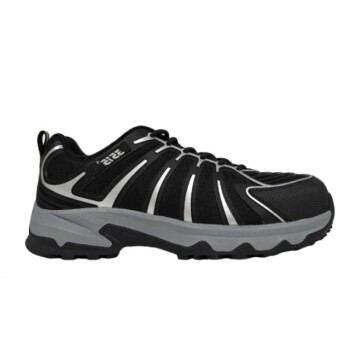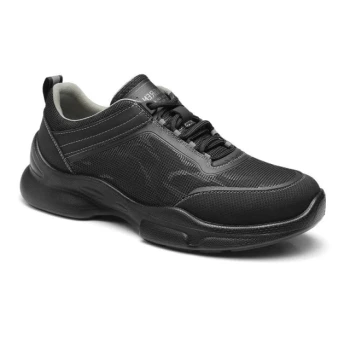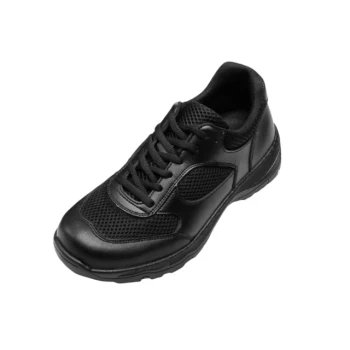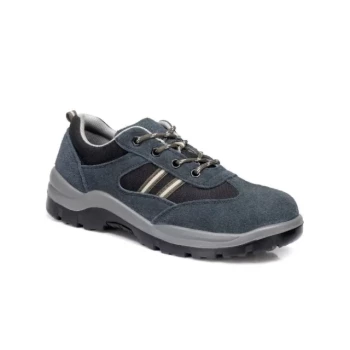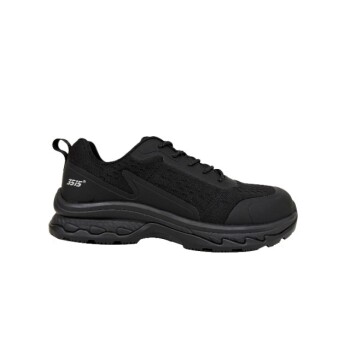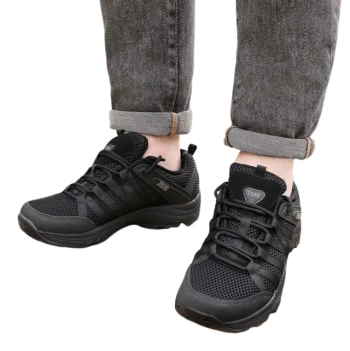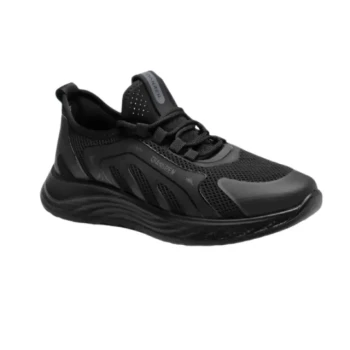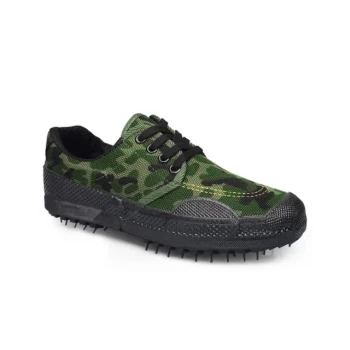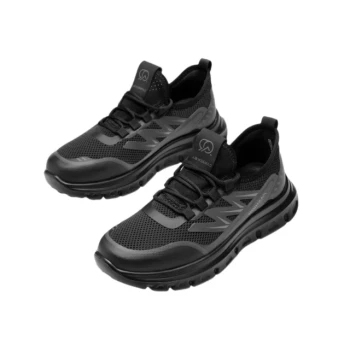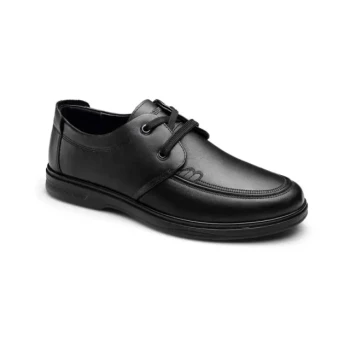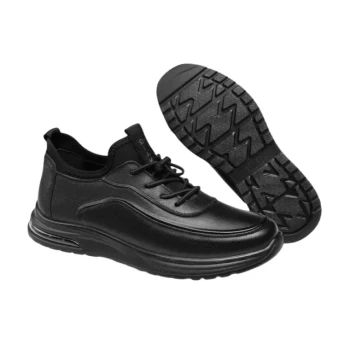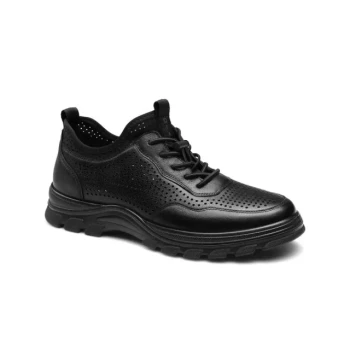The warmth of your feet begins at your core. Proper leg and hip insulation is one of the most critical factors for keeping your feet warm while cycling in the cold. When your body detects cold blood returning from large muscle groups like your legs, it triggers a survival response to protect its core temperature by constricting blood vessels and reducing circulation to your extremities. This is why even the best boots can fail if your legs are cold.
To truly solve the problem of cold feet, you must think beyond your footwear. The solution is a systemic approach that manages your body's core temperature response, controls moisture from sweat, and minimizes direct heat loss to the environment.

The Core Problem: Why Your Body Sacrifices Your Feet
Understanding your body's physiological response to cold is the first step in solving this persistent issue. Your feet don't get cold in a vacuum; it's a direct result of a system-wide decision your body makes.
The Principle of Centralization
Your body's absolute priority is to maintain the temperature of your vital organs. It achieves this through a process called vasoconstriction.
When cold blood from your legs and hips circulates back to your core, your brain interprets this as a threat. In response, it dramatically reduces blood flow to your hands and feet to conserve heat for the torso.
Blood Flow is Your Foot's Radiator
Think of your circulatory system as a hot-water heating network and your feet as the radiators at the far end of the house.
Warm blood flowing to your feet is what keeps them warm. If the system reduces that flow to a trickle, the radiators go cold, no matter how well they are insulated.
Why Leg and Hip Insulation is Non-Negotiable
Insulating your legs and hips with appropriate layers keeps the blood circulating through them warm.
This "pre-warmed" blood returns to your core without triggering an alarm. As a result, your body sees no need to shut down circulation, and warm blood continues to flow freely to your feet.
- Down to -5°C (23°F): Standard cycling tights or long johns are often sufficient.
- -5°C to -20°C (23°F to -4°F): You need an additional layer, such as fleece-lined tights, often with wind-blocking panels on the front.
Beyond Insulation: The Three Enemies of Warm Feet
Even with warm legs, your feet can still get cold if you fail to address three other critical factors.
Enemy #1: Moisture (The Internal Threat)
Water conducts heat away from your body 25 times faster than air. The primary source of moisture inside your winter boot is not snow or rain, but your own sweat.
This trapped moisture chills your skin through conduction and evaporative cooling, defeating the purpose of your socks and boots.
Enemy #2: Conduction (The External Threat)
Your feet are in direct contact with your pedals, which act as a heat sink, constantly pulling warmth away.
This effect is especially pronounced with metal pedals, which transfer heat far more efficiently than plastic or composite ones.
Enemy #3: Restriction (The Mechanical Threat)
Extremely stiff cycling shoes, while excellent for power transfer, limit the small muscle movements in your feet.
These subtle flexions and contractions generate a surprising amount of heat. More flexible soles allow for more natural movement, helping your feet to generate their own warmth.
Common Pitfalls to Avoid
Addressing the core principles is key, but it's just as important to avoid common mistakes that can undermine your efforts.
Mistake: Over-Layering Socks
Wearing too many pairs of socks is a classic error. This compresses your foot, restricts blood flow, and traps more sweat.
A single, high-quality wool or synthetic sock is almost always better than two mediocre ones. The goal is insulation without compromising circulation.
Mistake: Ignoring Your Pedals
You can have the warmest boots in the world, but if they are connected to ice-cold metal pedals, you will constantly be fighting a losing battle against heat loss.
Consider switching to composite pedals for winter riding or creating a thermal break with an insulating insole. A simple piece of closed-cell foam between your shoe and cleat can make a noticeable difference.
Mistake: Focusing Only on Insulation
A thick wool sock inside a waterproof boot can feel like a perfect solution, but it can quickly become a sweat-soaked trap.
Effective moisture management is just as important as insulation. This might involve using a thin liner sock to wick sweat or even a vapor barrier (like a thin plastic bag) between your liner sock and insulating sock to keep your main insulation perfectly dry.
Building Your Winter Foot-Warming System
Your ideal setup depends on your physiology, ride duration, and the precise conditions. Use these principles as a guide.
- If your primary focus is mild cold (above -5°C / 23°F): Prioritize insulating your legs with quality tights and use windproof shoe covers (overshoes) over your regular cycling shoes.
- If your primary focus is deep cold (below -5°C / 23°F): Invest in a complete system including fleece-lined tights, dedicated winter cycling boots, and insulating insoles.
- If your primary focus is managing sweat on long rides: Experiment with a vapor barrier liner to keep your insulating socks completely dry from foot perspiration.
- If you are on a tight budget: Start with what matters most—warm legwear and wool socks—and create DIY insulating insoles to reduce heat loss through your pedals.
By treating foot warmth as an outcome of your entire body's thermal system, you can diagnose the true cause of the problem and ride comfortably through the winter.
Summary Table:
| Factor | Impact on Foot Warmth | Key Takeaway |
|---|---|---|
| Leg & Hip Insulation | High | Warm blood returning to the core prevents vasoconstriction, ensuring continued blood flow to the feet. |
| Moisture Management | High | Sweat conducts heat away; use moisture-wicking materials or a vapor barrier to keep insulation dry. |
| Pedal Material | Medium | Metal pedals act as a heat sink; composite pedals or insulating insoles reduce heat loss. |
| Shoe/Boot Fit | Medium | Avoid over-tightening and over-layering socks, which restrict blood flow and increase sweat. |
Struggling with cold feet on your winter rides? Get the right gear to keep your entire body warm.
As a large-scale manufacturer, 3515 produces a comprehensive range of high-performance footwear and insulated apparel for distributors, brand owners, and bulk clients. Our production capabilities encompass all types of shoes and boots, including technical winter cycling models designed with thermal efficiency and moisture management in mind.
We can help you provide your customers with the right solutions to stay comfortable in any condition. Contact our experts today to discuss your needs and discover how we can support your business with reliable, high-quality winter cycling products.
Visual Guide
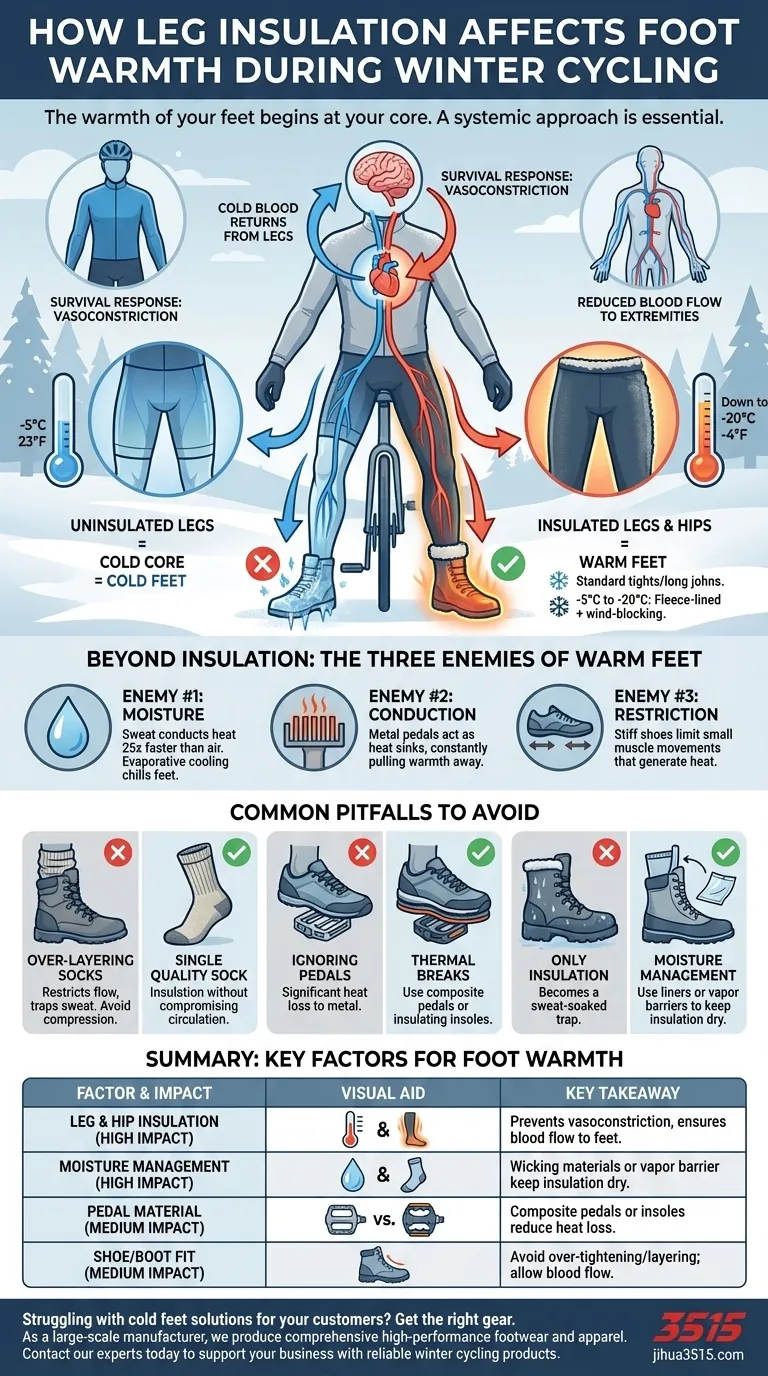
Related Products
- Premium KPU Athletic Safety Shoes for Wholesale
- Wholesale Breathable Training Shoes Custom Athletic Footwear Manufacturer
- Wholesale Training Shoes with Dial Lacing System Custom OEM Manufacturing
- Durable Rubber-Soled Utility Shoes for Wholesale & Custom Brand Manufacturing
- Wholesale Durable & Breathable Training Shoes for Custom Brands
People Also Ask
- What types of workplace hazards require protective footwear? Essential Guide for Workplace Safety
- How is puncture resistance evaluated in footwear soles? Balance Protection, Comfort & Safety
- What are the conditions faced by employees in meatpacking and poultry slaughter plants? Navigating Pervasive Slip Hazards
- What do the markings on ASTM-compliant safety shoes indicate? Decode the Safety Labels for Maximum Protection
- What should warehouse work shoes include for safety? Essential Features for All-Day Protection
